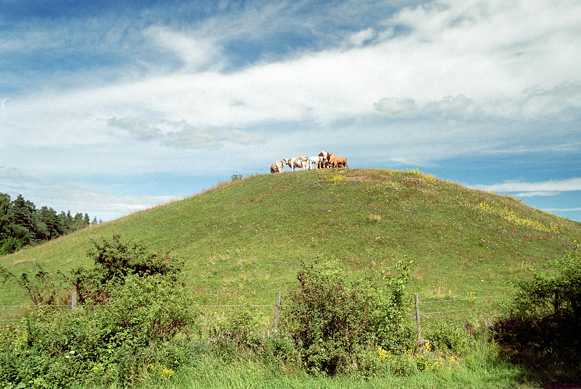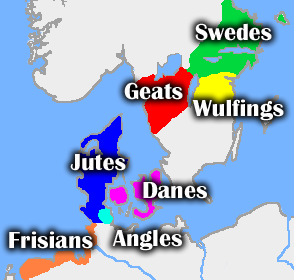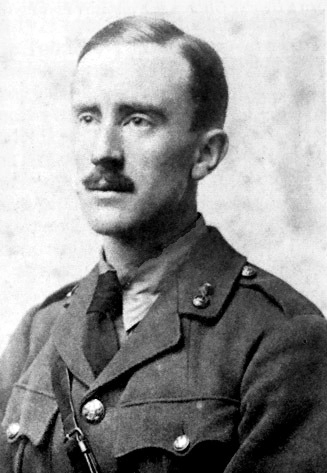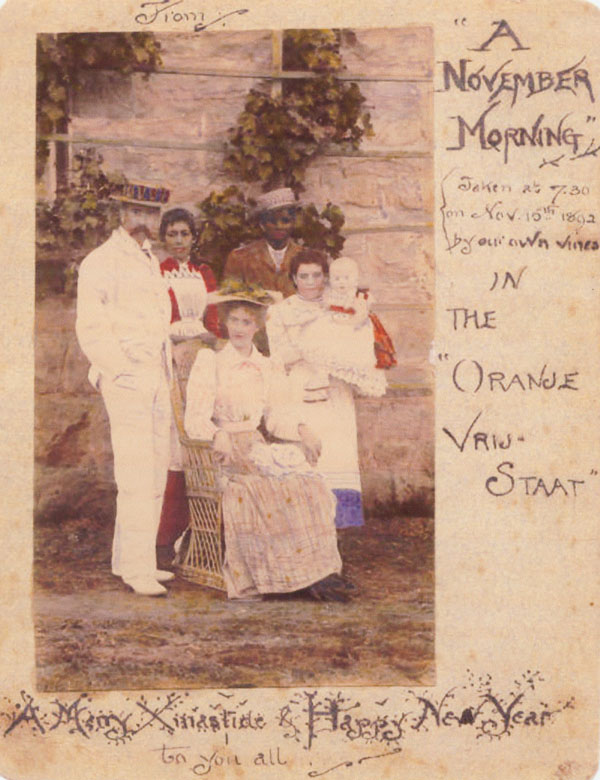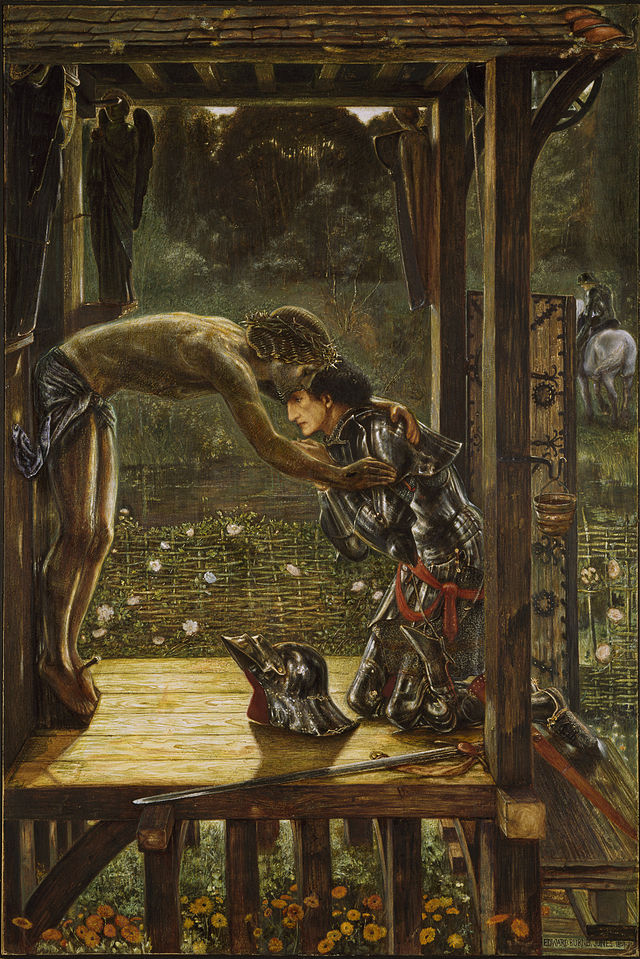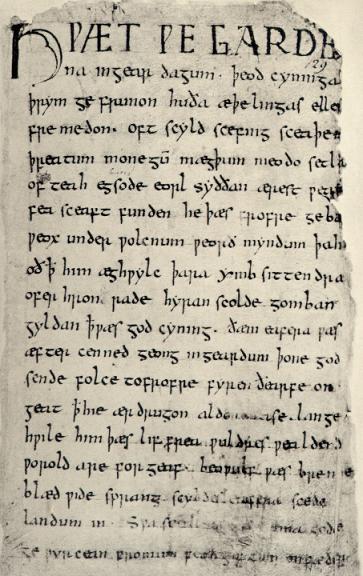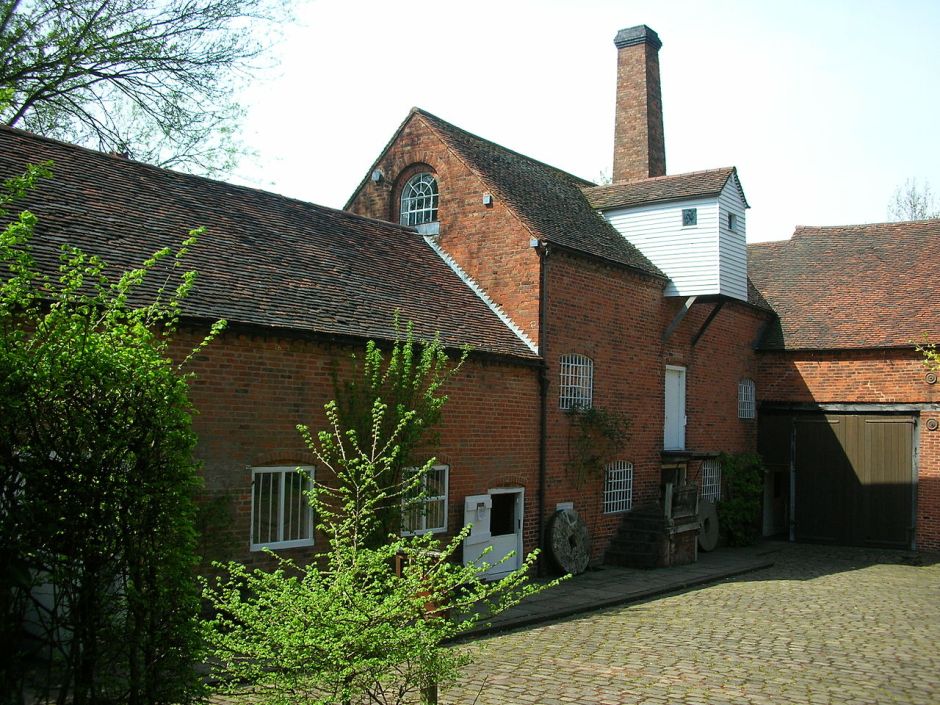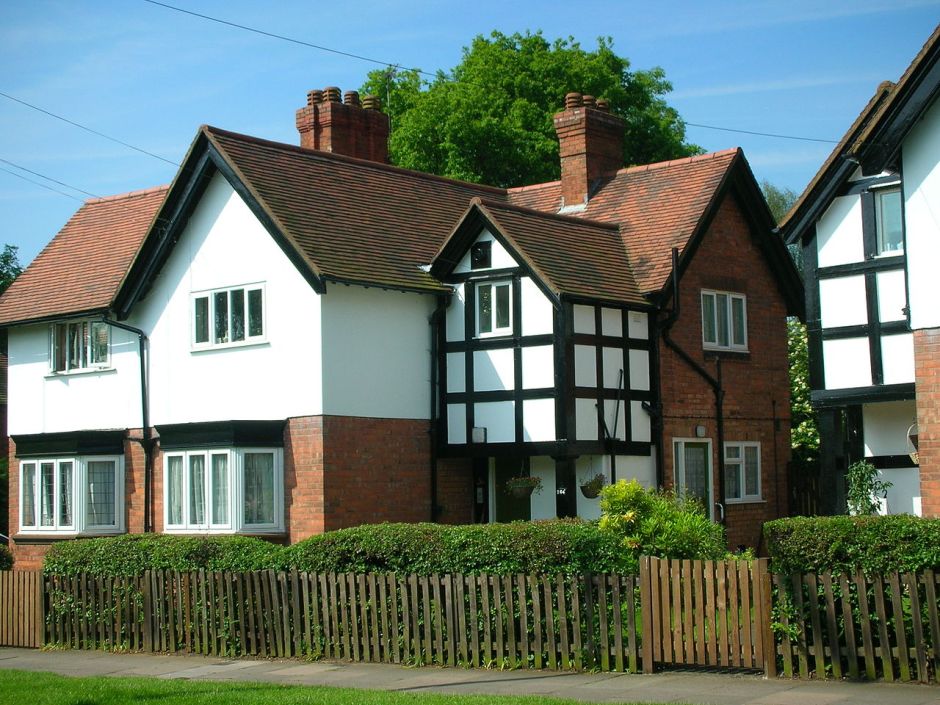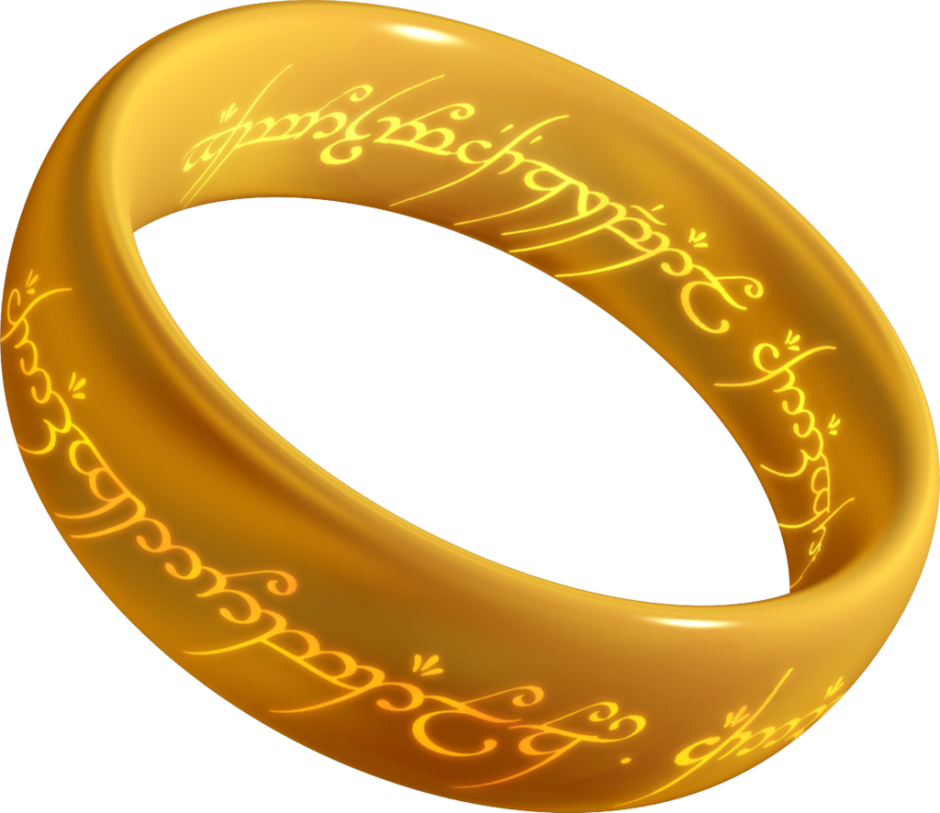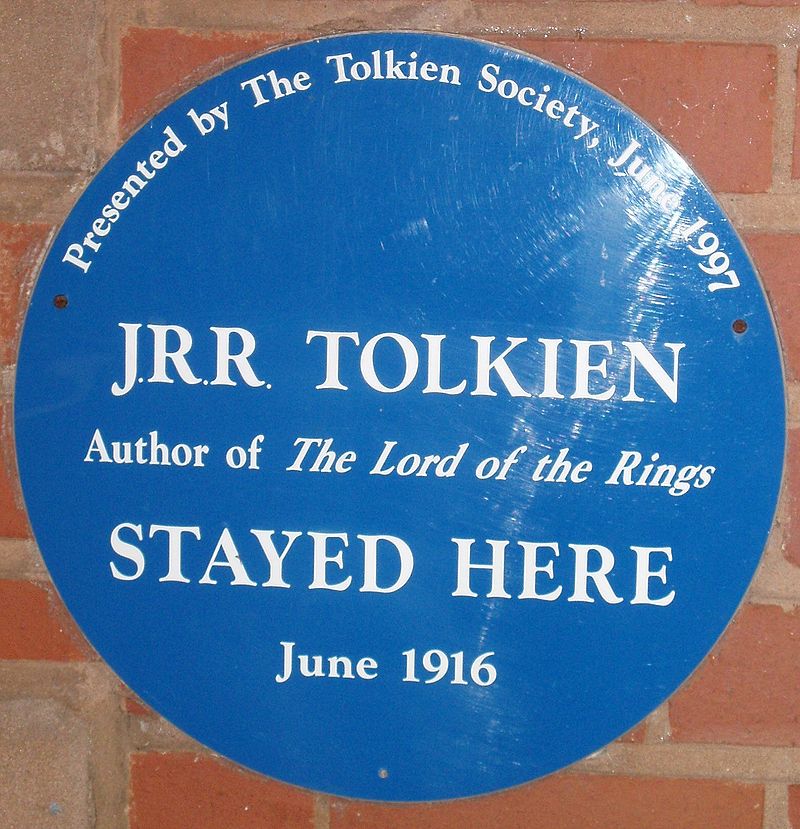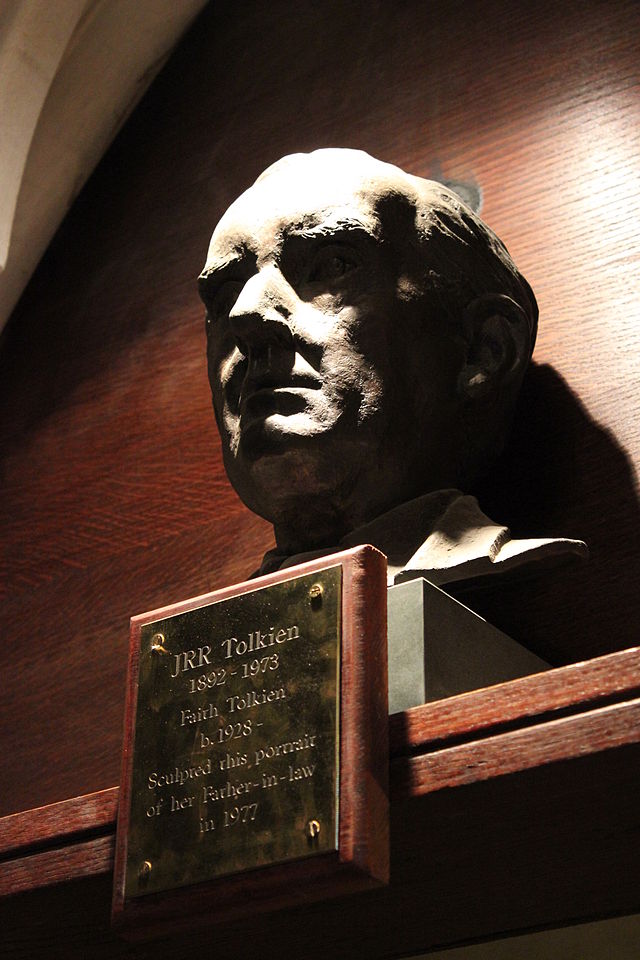Español – Inglés
PALABRA Ó FRASE Nº 623
HOYO nombre
1 (en general) HOLE.
2 (sepultura) GRAVE.
Beowulf and the Critics byJ. R. R. Tolkien es un libro editado por Michael D. C. Drout que presenta versiones anotadas y comentadas de las dos versiones manuscritas existentes del ensayo o serie de lecciones de J. R. R. Tolkien sobre el poema medieval Beowulf, que sirvieron de base para la versión resumida titulada «Beowulf: los monstruos y los críticos», publicada en 1936. Las dos versiones publicadas aquí, que Tolkien escribió en los años 1930, probablemente como una serie de lecciones para sus clases en la Universidad de Oxford son muy diferentes entre sí, y a su vez muy diferentes de la publicada en 1936.1
Este libro incluye una descripción de ambos manuscritos, notas textuales y explicatorias completas y una detallada introducción de Drout, que se centra en explicar el lugar de los estudios de Tolkien sobre el idioma anglosajón tanto en la historia del estudio de Beowulf como en la totalidad de la historia de la crítica literaria.1
Beowulf and the Critics by J. R. R. Tolkien recibió en 2003 el Mythopoeic Scholarship Award en la subcategoría de estudios sobre los Inklings.2
Beowulf
| Beowulf y otros poemas anglosajones | |
|---|---|
 |
|
| Primera página de Beowulf. | |
| Autor | Anónimo |
| Género | Poesía épica |
| Idioma | Original Idioma anglosajón Traducción Español |
| Título original | Beowulf |
| Editorial | Alianza |
| Fecha de publicación | 1986 |
| Páginas | 192 |
| ISBN | 84-206-3173-6 |
Beowulf (pr. /ˈbeɪəwʊlf/ o también [ˈbeːo̯wʊɫf]) adaptado al español como Beovulfo,1 es un poema épico anglosajón anónimo que fue escrito en inglés antiguo en verso aliterativo. Cuenta con 3182 versos, y por lo tanto contiene mucho más texto que cualquier obra similar en su mismo idioma, representando alrededor del 10 % del corpus existente del verso anglosajón.2
Tanto el autor como la fecha de composición del poema se desconocen, aunque las discusiones académicas suelen proponer fechas que van desde el siglo VIII al XII d. C. La obra se conserva en el «Códice Nowell» o «Cotton Vitellius A.xv» y dada la fama del poema, a pesar de que convive con otras obras en el mismo manuscrito, este se ha dado en llamar «Manuscrito Beowulf». Aunque el poema no tiene título en el manuscrito, se le ha llamado Beowulf desde principios del siglo XIX; se conserva en la Biblioteca Británica.
Tiene dos grandes partes: la primera sucede durante la juventud del héroe gauta (o geata, en algunas traducciones, “godo“) que da nombre al poema, y narra cómo acude en ayuda de los daneses o jutos, quienes sufrían los ataques de un jotun gigantesco –Grendel–, y tras matar a éste, se enfrenta a su terrible madre; en la segunda parte, Beowulf ya es el rey de los gautas y pelea hasta la muerte con un feroz dragón.
Su importancia como epopeya es equiparable a la del Cantar de los nibelungos germano, el Cantar de mío Cid español, la Canción de Roldán francesa o el Lebor Gabála Érenn (Libro de las Conquistas de Irlanda).3 Durante el siglo XX, se han realizado incontables estudios y debates en torno a distintos aspectos del poema.
Beowulf and the Critics by JRR Tolkien is a book edited by Michael DC Drout that presents annotated and commented versions of the two manuscript versions of existing test or series of lessons JRR Tolkien on the medieval poem Beowulf , which formed the basis for the summary version entitled ” Beowulf: The Monsters and the Critics “published in 1936 . The two versions posted here, Tolkien wrote in the 1930s , probably as a series of lessons for his classes at the University of Oxford are very different, and in turn very different from that published in 1936.
This book includes a description of both manuscripts, textual notes explanatory and complete and detailed introduction to Drout, which focuses on explaining the place of Tolkien studies on the Anglo-Saxon language in both the history of the study of Beowulf and all the history of literary criticism.
Beowulf and the Critics by JRR Tolkien received in 2003 the Mythopoeic Scholarship Award in the subcategory of studies on the Inklings .
Beowulf
| Beowulf and other Anglo-Saxon poems | |
|---|---|
 |
|
| First page of Beowulf. | |
| Author | Anonymous |
| Gender | Epic poetry |
| Language | Original Anglo-Saxon Language Translation Spanish |
| Original | Beowulf |
| Editorial | Alliance |
| Date of publication | 1986 |
| Pages | 192 |
| ISBN | 84-206-3173-6 |
Beowulf (pr. / beɪəwʊlf / or also [be ː o̯wʊɫf]) adapted to Spanish as Beowulf, is an epic Anglo anonymous which was written in Old English in alliterative verse . It has 3182 verses , and therefore contains much more text than any similar work in their own language, representing about 10% of the existing corpus of Anglo-Saxon verse.
Both the author and the date of composition of the poem is unknown, although academic discussions often proposed dates ranging from the eighth century to the twelfth d. C. The work is preserved in the ‘ Nowell Codex ‘or’ Cotton Vitellius A.xv “and given the fame of the poem, although it coexists with other works in the same manuscript , this has been called “Beowulf Manuscript ‘ . Although the poem has no title in the manuscript, it has been called Beowulf since the early nineteenth century ; is preserved in the British Library .
It has two parts: the first occurs during youth hero gauta (Geata or, in some translations, ” Goth “) that names the poem, and tells how to come to the aid of the Danes and Jutes , who suffered attacks of a Jotun giant – Grendel – and after killing it, confronts his terrible mother; in the second part, and Beowulf is king of the Geats and fight to the death with a fierce dragon .
Its importance as epic is comparable to the Song of the Nibelungs German , the Song of the Cid Spanish , the Song of Roland French or Lebor Gabála Érenn (Book of Conquests of Ireland ). During the twentieth century , is have been countless studies and discussions on various aspects of the poem.
Fuente: http://es.wikipedia.org

